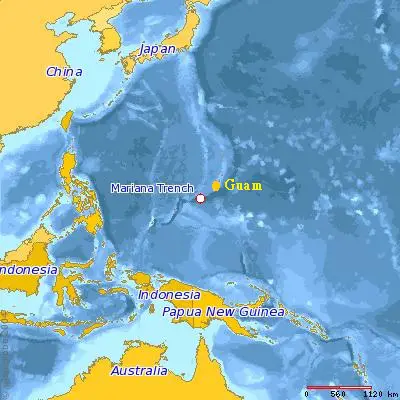With the reduction of Chinese subsidies for Eurasian rail freight being almost announced, there are debates for a standstill, slow down or on the other hand continous growth that been made on the New Silk Road. On one hand some say that everything will fall apart, on the other hand some are very optimistic. The question here is whether the New Silk Road will stay or come down?
At the second RailFreight Webinar which was held in Venlo, Netherlands on the 26th and 27th of November in the run-up to the European Silk Road Summit, the topic of discussion was that. Further discussion on it will be done at this event which is a part of an ellaborate program of two days with the entire content being about the New Silk Road.
Realistic
According to Brekelmans, there will absolutely a change in the market however, the out of subsidiaries phase is important in the long run. “Continuing with these rates would not work. This is the only way to be competitive as a transport option on a realistic level.”
Though there has been a great boost because of the subsidiaries provided by the Chinese Government, an unrealistic market has also been created by it. Incentives of maximum 5000 USD per vessel could be provided by the local government. The decision to ship cargo for each train could be made only on the basis of price.
Innovative solutions
“When such prices change, some shippers may return to sea transport, but the New Silk Road is also mature enough to continue attracting the volumes, from air cargo for example”, said Groot Wassink. “We will look at innovative solutions to remain competitive.”
He says that the offering of competitive prices along with like solutions can be continued. “This makes the journey two to three days longer, but it will lower the costs with 300 to 400 USD.” Another way to lower the costs is by operating longer trains through Russia, where length restrictions are different from Europe.
Growth rates
According to Roland Berger, the growth of volume of the New Silk is estimated to be 72 per cent by 2027. However, when talking about the present growth rate, it could be 215 percent by 2027, says Alexander Labinsky of Prognos, who will talk at the European Silk Road Summit in Venlo, the Netherlands. However, shall these statistics be any close to the actual ones it definitely means that there will be a significant slow down in the growth.
The statistics of the last years show that this is happening already. In 2015, there was an increase of 160 percent in the volumes while the increase last year was only 35 percent, explained Labinsky. “And this only makes sense, because we started from zero, which makes the growth rate logically high.”
Price increase
“Growth seems no longer possible, at least for the time being”, concluded Hans Reinhard, President of InterRail Holding last month. “Although the the number of block train units went up, additional platforms were taken in operation in China and the number of destinations in Europe increased, train operators nor the state-owned railway companies will be able to offset these reductions, he believes. “It is to be expected that the marketing rates for single containers and container groups will rise again starting in 2020.”
The increased costs cannot be borne by the companies alone confirmed the webinar panel hence, there needs to be betterment in the services. “In order to offer the same price even when subsidies decrease, we still need to take some steps. But there are definitely solutions available to remain competitive.”
Push to market
There are some developments that show yet another increase of volumes, said Brekelmans. “Take for example the electric battery market. This is a booming industry which could surge rail freight volumes if these batteries may be transported by train to China.” Restrictions have been put on this type of transport by the Chinese Government currently. However, some say that the rules are being reviewed.
Groot Wassink mentioned that such a push is possible because of recent permission that has been given by the Russian Government for the transportation of fresh goods by train. It is expected that the very first of its kind can be carried in the year to come. “The growth rates will change according to the circumstances. The same has happened with ocean shipping and air freight. Luckily there are logistics companies that make it their job to think of solutions to deal with such developments.”
Reference: hafen-hamburg.de
from WordPress https://www.maritimemanual.com/new-silk-road-mature-enough-withstand-subsidy-reduction/

No comments:
Post a Comment